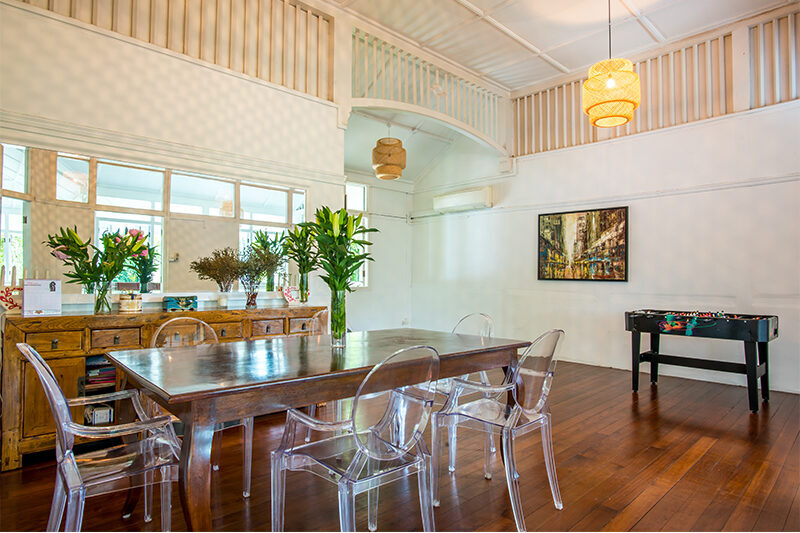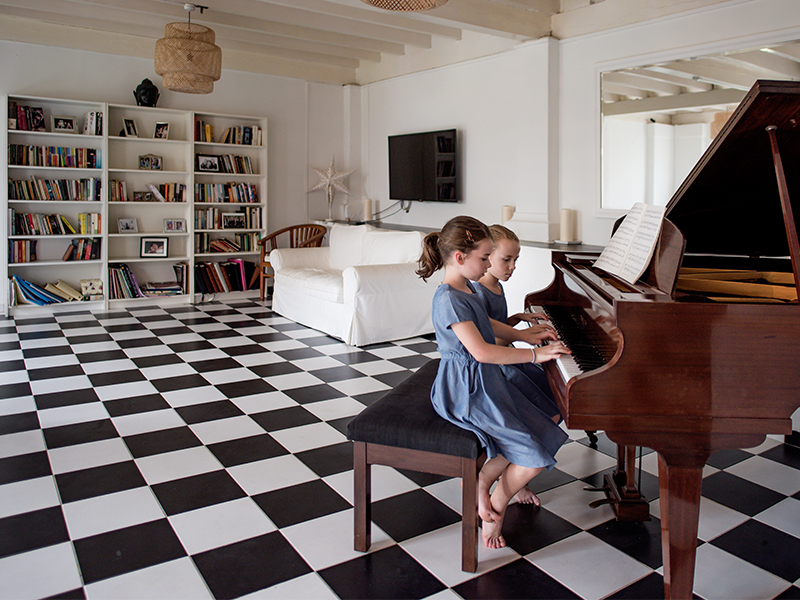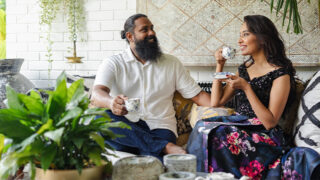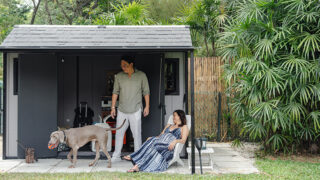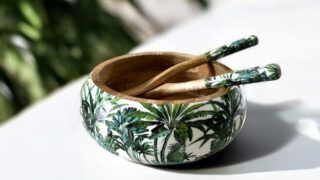If you’re looking to move to Singapore or you already live here and are considering moving, a black-and-white house can be a good option. Each one has its own rich history, and they also offer plenty of space for great outdoor furniture and an array of new home décor if you’re keen for an upgrade! We had the opportunity to meet some of past and present tenants of a black-and-white house on Malcolm Road, who told us more about the property and its history.
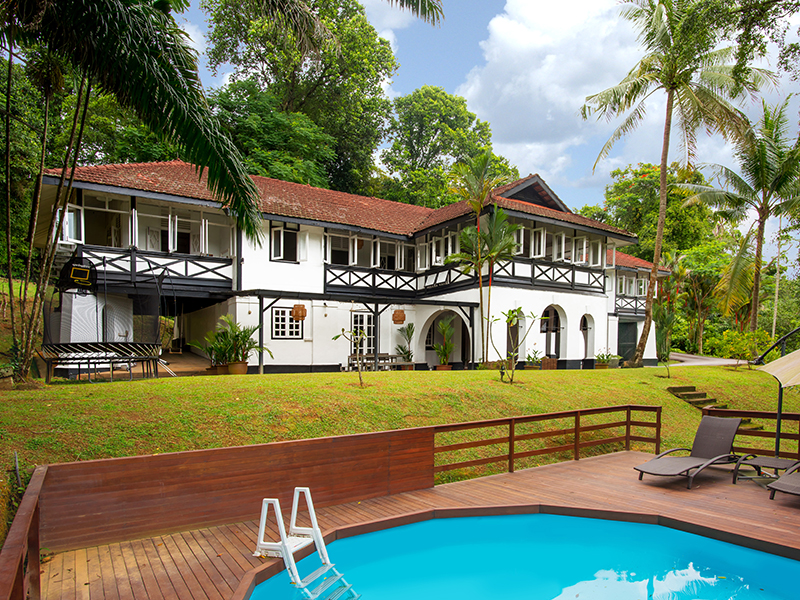
Anne Chapman’s story
Originally from the UK, Anne Chapman lived in this house from 1947 to 1950 with her parents and two siblings. She wrote to the current tenants, Victoria and Chris Kilburn, towards the end of last year, enquiring about the house and how it had changed, and sharing some of her memories of living there. After some communication between Anne and the Kilburns, Anne and her daughter Fiona came to visit in February.
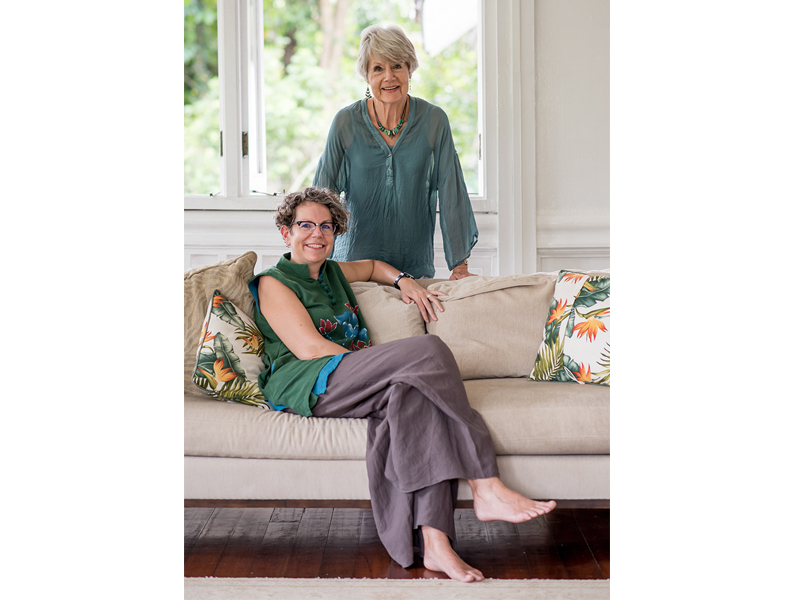
Memories of living in this black-and-white house
“I was seven years old when we first came to Singapore. My father had worked at the BBC, then during the war he joined the Royal Air Force and became a squadron leader. But he retained his links with the BBC, and after the war they decided to post him out here. My mother, along with my brother, sister and myself, arrived in Singapore from Yorkshire in May 1947. We left behind the worst winter we’d ever experienced.
“There was a lot more jungle when we were here, and we didn’t go down to the lalang (jungle grass) because we were always warned about snakes. The trees were also definitely smaller back then. It has been 70 years, after all! At first I went to a little preschool up the road, then my parents moved me to a Chinese Methodist school where I was the only European. As I was still young, I wasn’t taken into town much. But on Sunday mornings I would go with my father to work. He would read the news, and I would sit there and use the typewriter and attempt to type a letter to my mother.
“I recently decided to write a letter to the house and its current tenants, just to find out how it looked and if things had changed. I’m so glad that Victoria and Chris are such a lovely couple who are interested in the history of the house. I was delighted to get a response from them.”
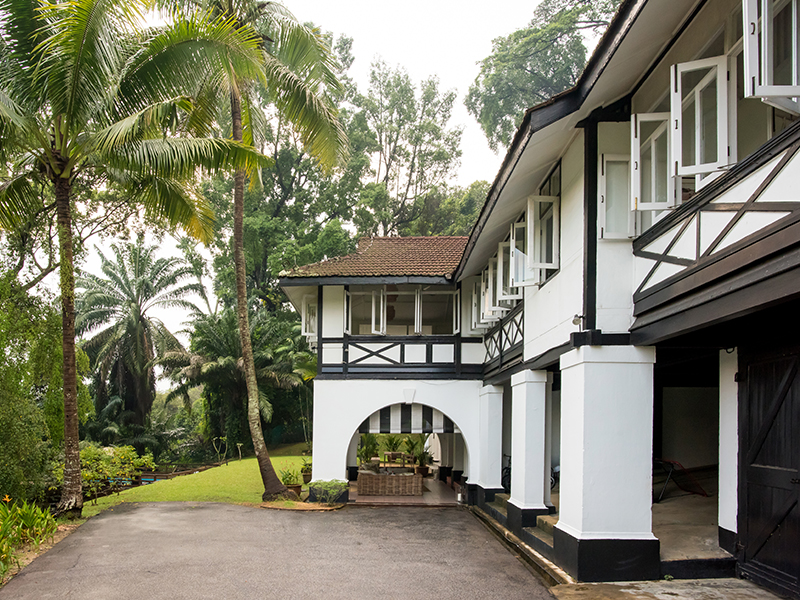
Military memoirs
Receiving Anne Chapman’s first letter on 22 October 2016 spurred Chris and Victoria to do some research on the history of the house and its previous inhabitants. Through some straightforward Google searches, Chris found a couple of leads in the digital newspaper archives on the National Library website. He discovered two former occupants of the house. One was Mr ES Tiddeman, who is mentioned in the Straits Times on 20 May 1934 for winning a crossword puzzle competition. The other was RMH Markham, whose new telephone number and address were printed by the same paper in 1937.
Battles and bullets
The Malcolm Road housing estate sat immediately behind the last Allied stop line at the time of the surrender on 15 February 1942, according to battlefield archaeologist Jon Cooper. Indeed, if the Japanese had broken through the front line along Mount Pleasant Road, it would have been the next defensive position for the British.
Jon knew of the Kilburns’ home and its history, and when the family dog Dixie dug up a bullet in the garden, they showed it to him. “From his research at the National Library, he believed that the bullet almost certainly came from the Royal Northumberland Fusiliers, 9th Battalion Machine Gun Corps,” explains Chris. In 1955, two workers found more than 10,000 rounds of machine gun bullets at a property along Malcolm Road.
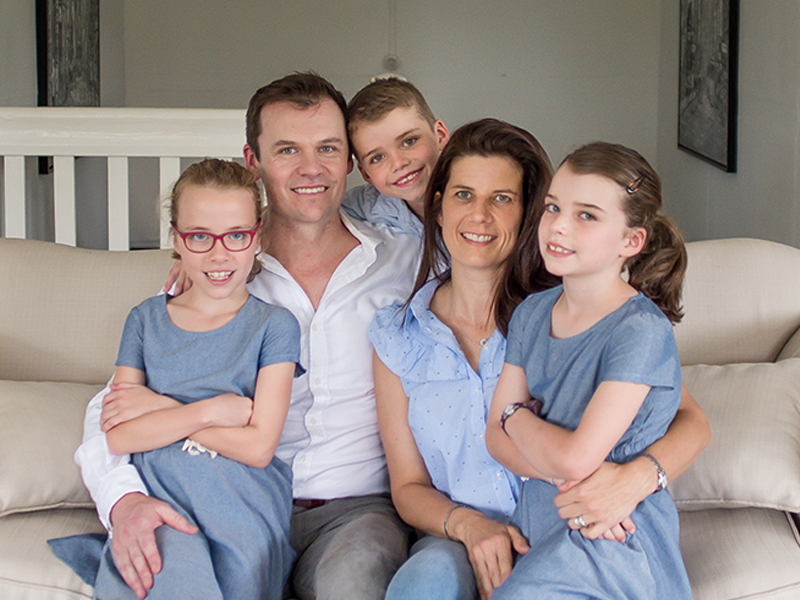
Living in the present
Chris, Victoria, their twin daughters Sophia and Isabel (eight years old), and son Seb (six), moved from Highbury in North London to Singapore nearly four years ago. Originally in a condo in Cairnhill Crest, they then moved to this black-and-white house.
“Living in a condo was a great way to meet people, and it was a lovely area to start off in. But when our lease came up we wanted to see if we could get a black-and-white,” explains Victoria. Going through the Singapore Land Authority’s (SLA) website, they found this house, put in a bid and got it after a short period of negotiation.
Apart from putting in a pool, pretty much everything else has remained as it was. “The kids love being here. They spend a lot of time playing outside on the trampoline, and my son plays football out here all the time. We love seeing the monkeys, cockatoos and hornbills in the trees! We feel so privileged to live in this house. It’s such a beautiful space to be in.”
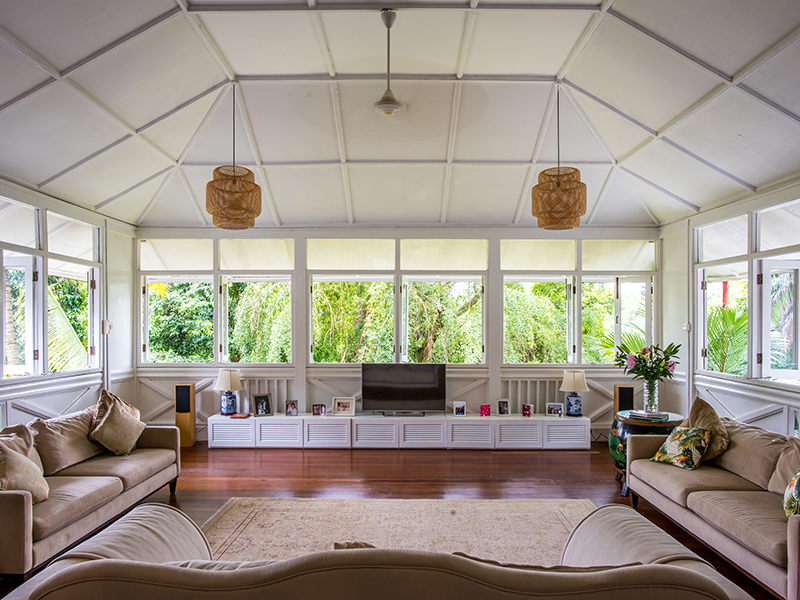
Second-hand Style
Gleaning décor tips from her friend on Swiss Cottage Estate, Victoria purchased much of the furniture and furnishings second-hand. “We bought a lot of pieces from Gumtree, including the sofas upstairs and the piano in the living room downstairs. It was actually made in the 1920s in Finsbury Park, near where we used to live. It also has a marker to confirm that it was ‘tropicalised’ for warmer climates,” she points out.
The bar in the corner of that same room was also purchased second-hand, and Victoria confirms that they do a fair amount of entertaining at home. In fact, it was recently the venue for a jazz night and historical talk.
Words: Amy Brook-Patridge | Photography: Michael Bernabe
This is an extract from an article that first appeared in a 2017 edition of Expat Living magazine. Subscribe now so you never miss an issue! Wondering where you should live in Singapore? Check out our neighbourhood guides and get more design ideas at our Homes section.
Don't miss out on the latest events, news and
competitions by signing up to our newsletter!
By signing up, you'll receive our weekly newsletter and offers which you can update or unsubscribe to anytime.

